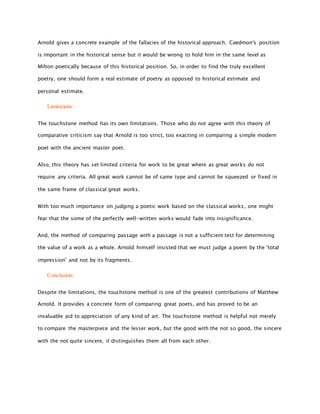The touchstone method is a technique used to test the purity or quality of a precious metal, such as gold or silver. It involves comparing the metal being tested to a known standard, or touchstone, to determine its purity.
The touchstone method has been in use for centuries and was originally developed by ancient civilizations such as the Egyptians and the Greeks. It involves rubbing a small sample of the metal being tested onto a black stone, typically made of basalt or jasper, and then comparing the resulting streak to a set of known standards.
To use the touchstone method, a professional tester will first create a set of standard streaks by rubbing known pure samples of gold or silver onto the touchstone. These standards are then used to compare the unknown sample being tested.
The tester will use a range of tools, such as acid solutions and specialized alloys, to create different marks on the touchstone for the various levels of purity. For example, a mark made with a pure gold sample will look different from a mark made with a sample that is only 90% pure gold. By comparing the unknown sample to the various marks on the touchstone, the tester can determine the purity of the metal.
The touchstone method is still widely used today, particularly in the jewelry industry, as it is a reliable and accurate way to determine the purity of a metal. It is also relatively inexpensive and does not require specialized equipment, making it an attractive option for many metal testers.
However, the touchstone method does have some limitations. It can be difficult to create precise marks on the touchstone, and the accuracy of the test depends on the skill and experience of the tester. Additionally, the touchstone method is not suitable for testing metals that do not leave a visible mark on the stone, such as platinum.
Overall, the touchstone method is a valuable tool for testing the purity of precious metals and has been used for centuries to ensure the quality of jewelry and other metal products.








